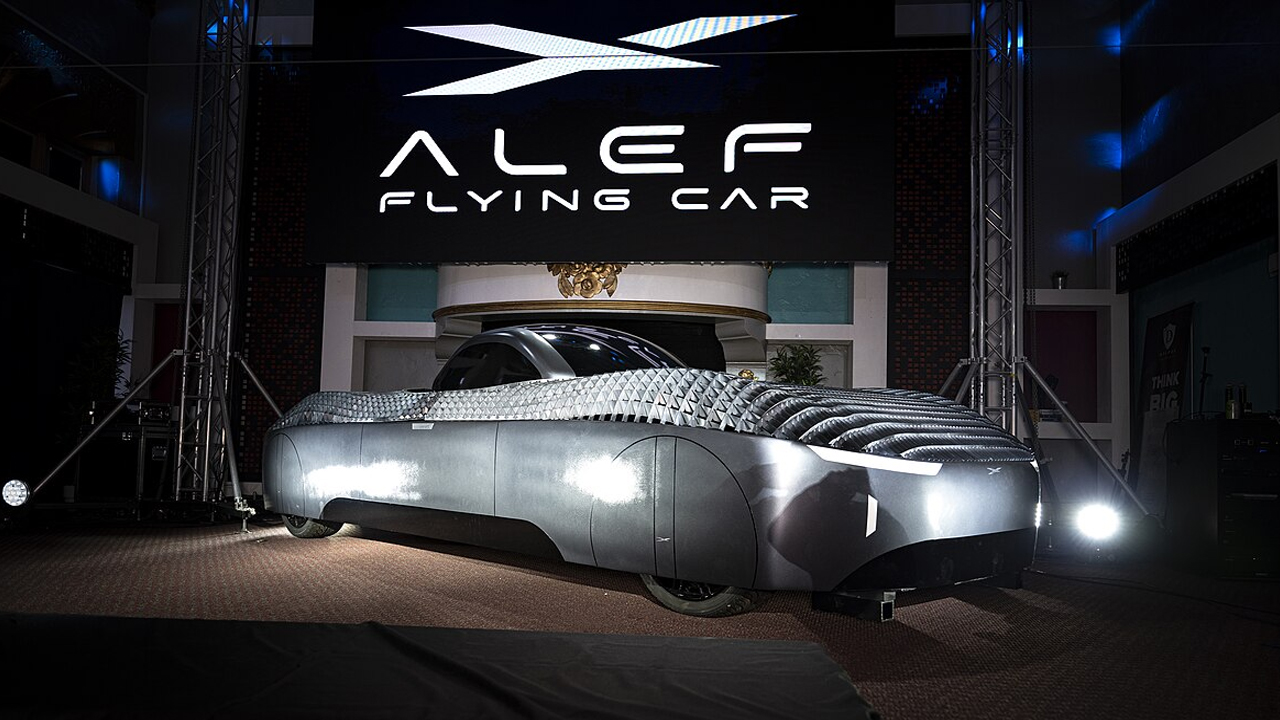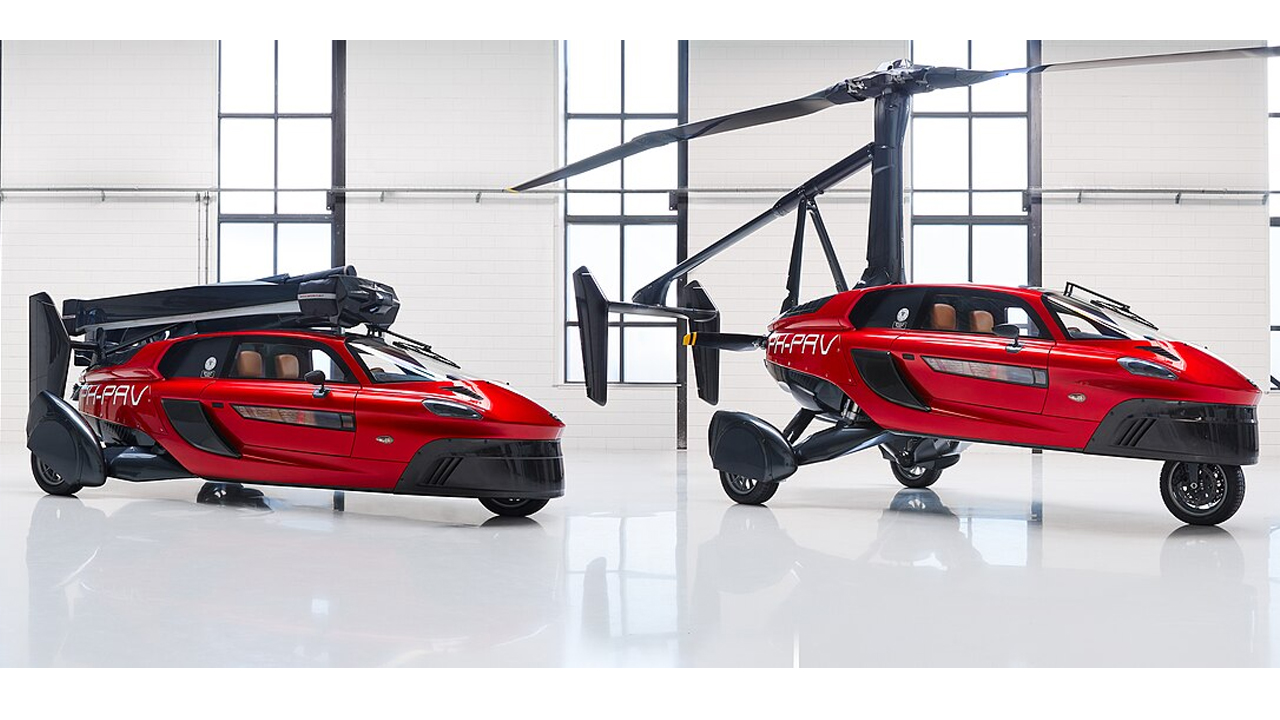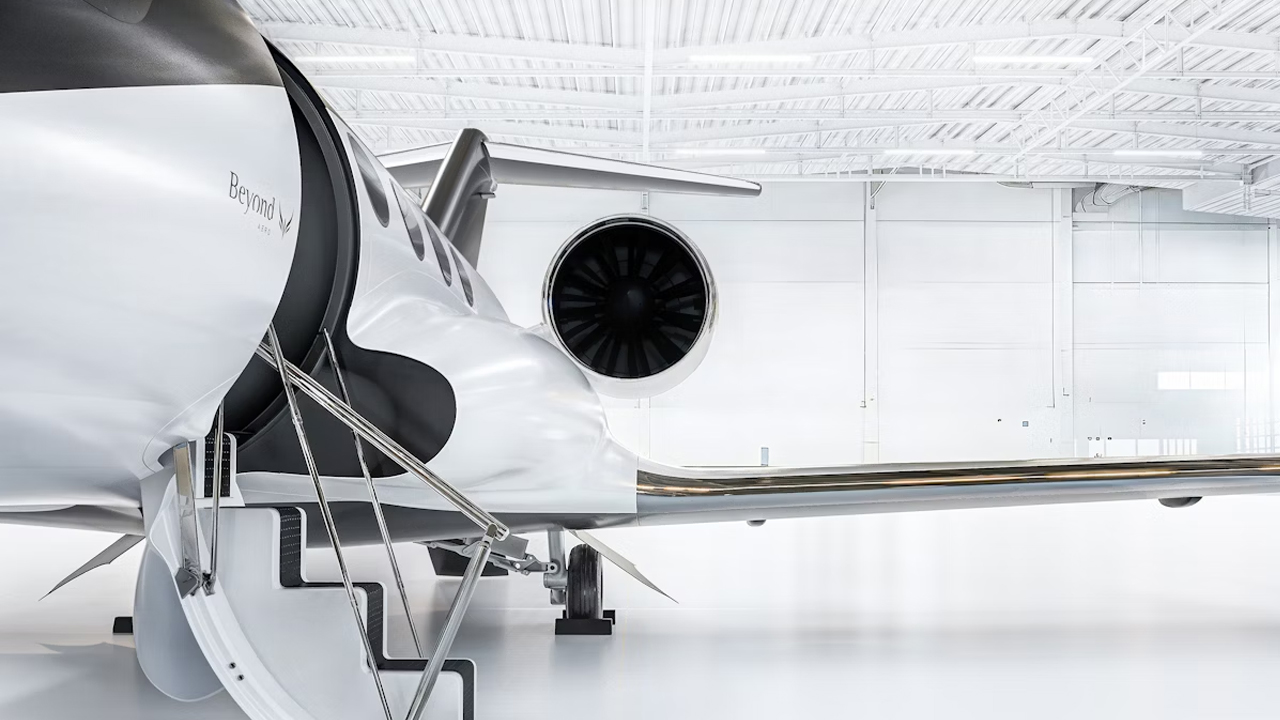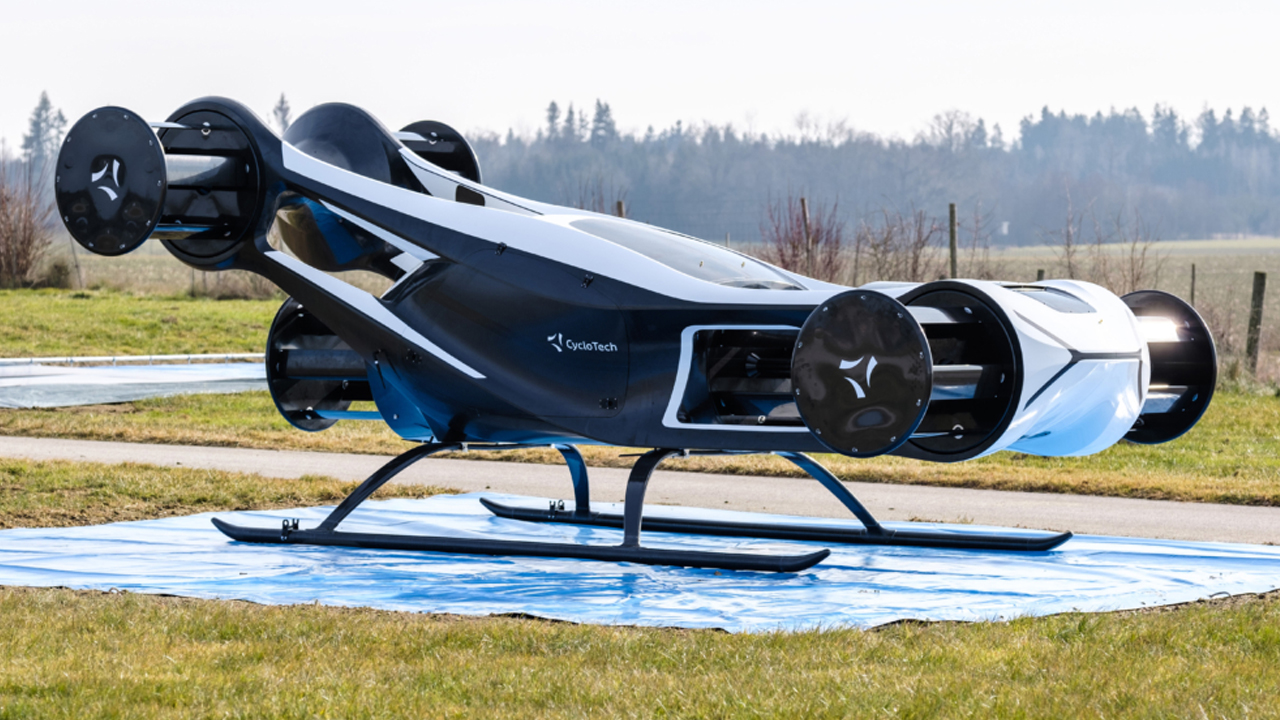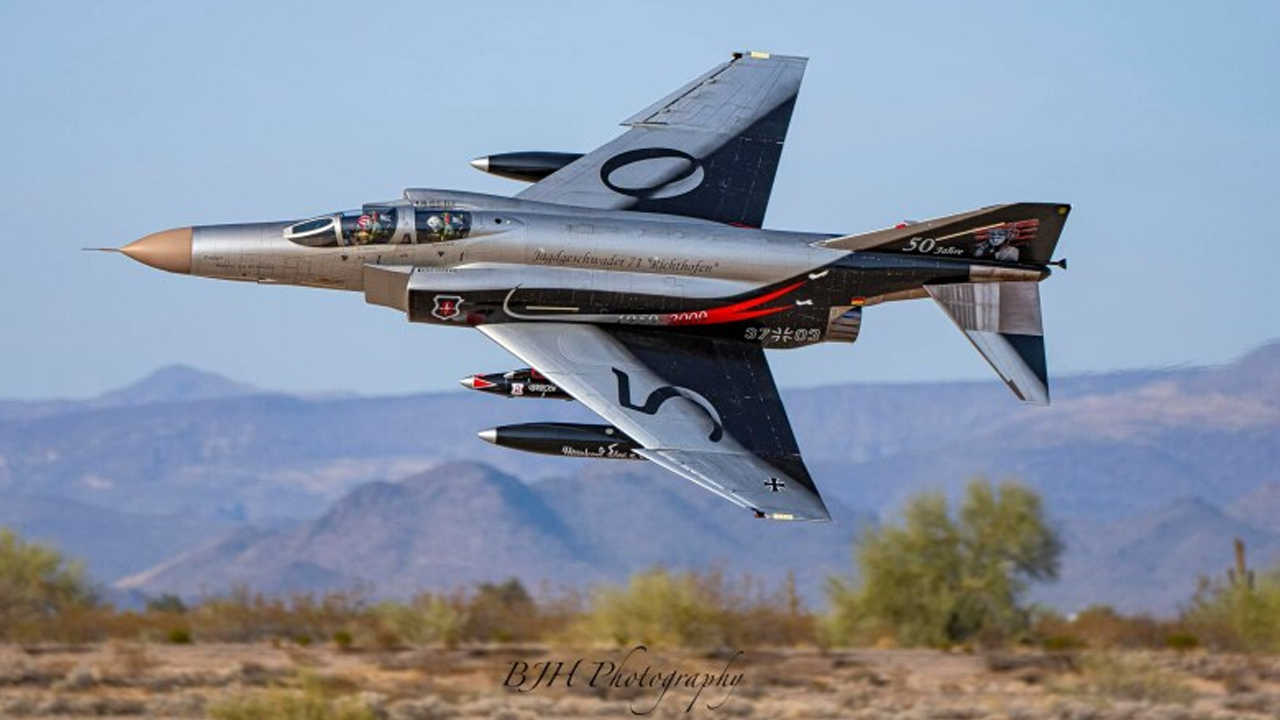Jet engines are everywhere in aviation, but not all of them work the same way. Turbojets and turbofans are two of the most common types. They may look similar on the outside, but inside, they’re built for different goals—one focused on raw speed, the other on efficiency. Here’s how they compare, and where each one fits in today’s world of flight.
Turbojets Came First
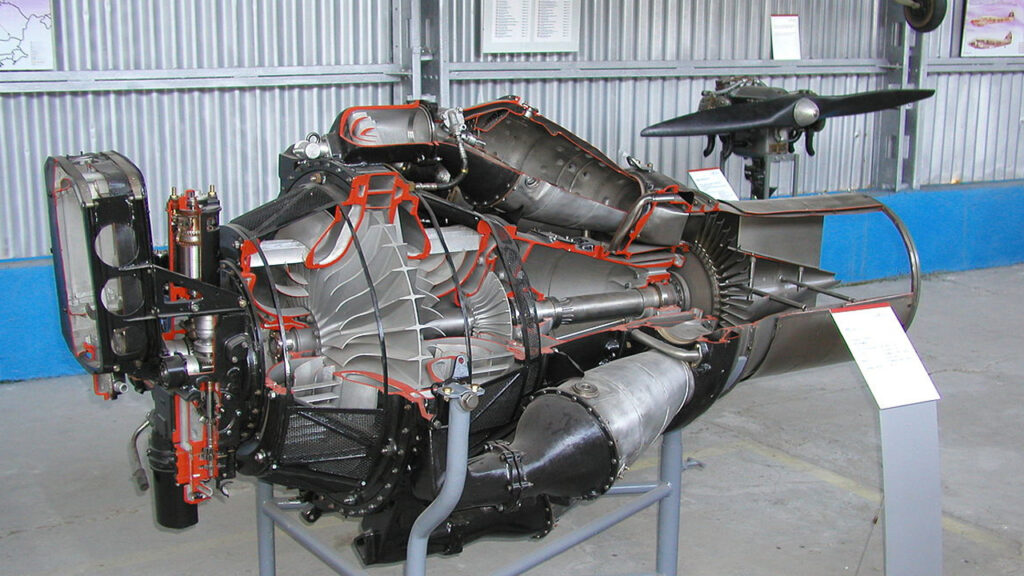
Turbojet engines were the first jet engines to power military aircraft back in the 1940s. They pull in air, compress it, mix it with fuel, and then ignite it. The force from that combustion pushes the plane forward. Everything that goes into the engine is used to create thrust—nothing extra, just straight power.
These engines helped early jets reach supersonic speeds, but they came with tradeoffs. They were loud, burned a lot of fuel, and weren’t efficient at lower speeds. They worked well for short, high-speed missions but weren’t built for long-distance or quiet operation (Wikipedia).
Turbofans Are Built for Efficiency
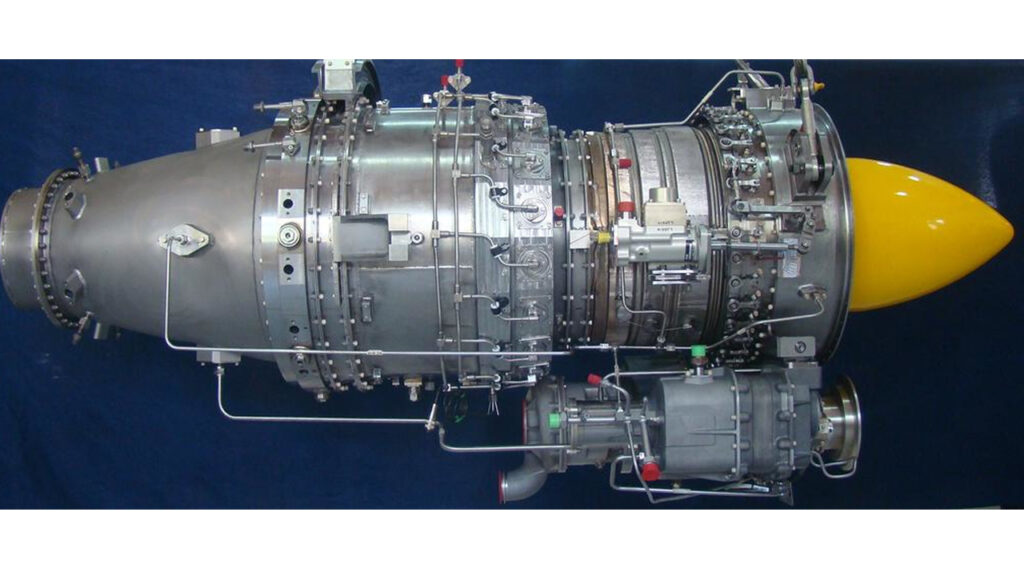
Turbofan engines use a large fan at the front to move air. Some of that air goes through the engine’s core, like a turbojet, but most of it bypasses the combustion section. That bypassed air still adds thrust but doesn’t burn fuel, which makes the engine more efficient and quieter.
Most commercial aircraft today use high-bypass turbofans. These engines push more air around the core than through it. Some military planes use low-bypass versions, which get more thrust from combustion but still benefit from some bypass airflow (Embry-Riddle Aeronautical University).
Two Designs, Different Purposes
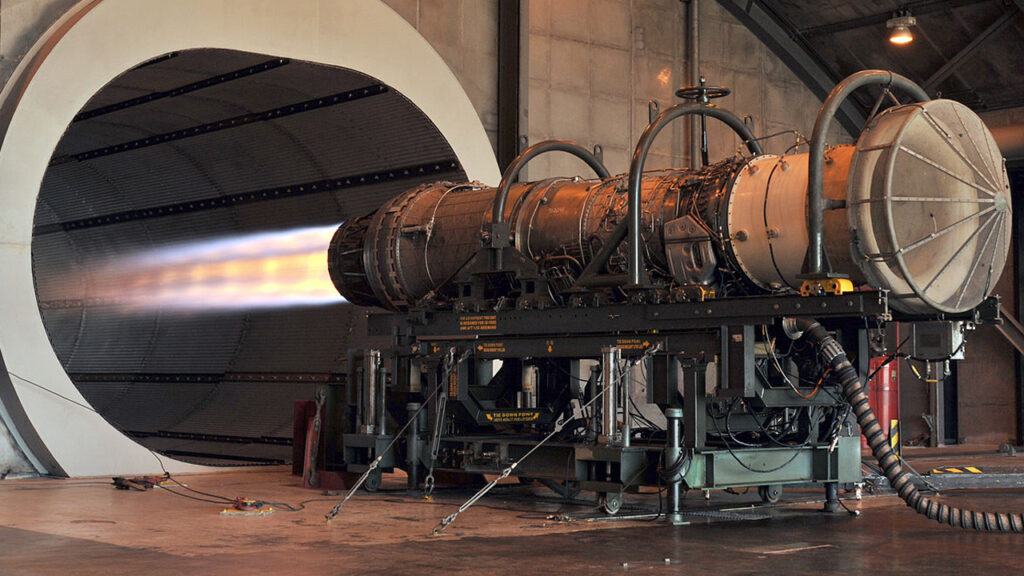
Turbojets are still used when top speed matters most. They work best at high altitudes and supersonic speeds. That’s why early fighter jets and fast reconnaissance planes relied on them—they could push the limits of what was possible at the time.
Turbofans are more suited to regular use. They’re quieter, better on fuel, and handle a wide range of flight conditions. Modern military jets now use advanced turbofans to get speed when needed while keeping fuel use lower. Commercial airlines rely on them every day to keep costs down and flights reliable.




